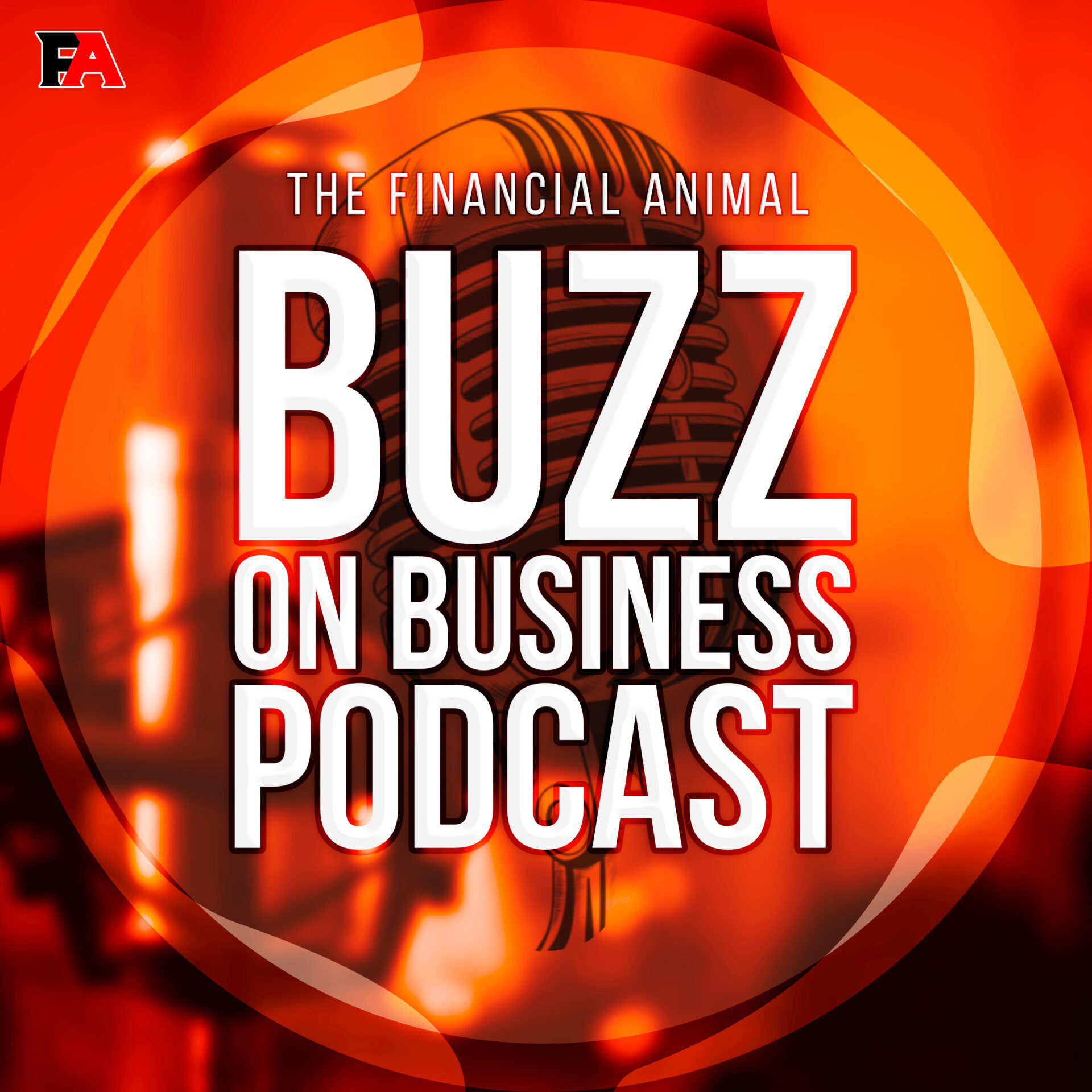
Over the last six months or so, good economic news has often spelled bad news for the stock market and, just as often, bad news was good news. As we’ve said, this is because bad economic news helps make the case for interest rate cuts and as rates fall, stocks become more valuable vis a vis bonds.
The bad news is good news narrative seemed to have changed last week as weakness in the labor market seemed to imply that maybe the economy was slipping as bad news pushed stocks lower when we might have expected a rally.
So, we went very suddenly from bad news is good news to bad news is indeed bad news.
But apparently it doesn’t follow that good news is also good news because we got some good news out of the labor market on Friday—surprisingly good news—and stocks reverted to type and sold off.
So, it appears to us that now good news is bad news and bad news is bad news.
Wednesday, the Consumer Price Index complex rolls out and on Thursday, we get the PPI. The Producer Price Index.
So, you tell us.
Stocks bounce around a bit before closing lower across the board on Friday as decliners led advancers on rising .
Bonds got crushed as rates were up sharply on the jobs report.
Obviously, the story on Friday was the jobs report and the numbers were good.
The unemployment rate ticked up again from 3.9% to 4.0% but the labor force participation rate also ticked up so the increase in the unemployment rate is mostly attributable to more people looking for jobs rather than a shrinking market for labor—a supply, rather than a demand issue.
Average Hourly Earnings exceeded expectations, growing at nearly a 5.0% annual rate in May. Good news indeed for workers.
But the headline number was the Nonfarm payrolls. The economy added 272,000 new jobs in May, well above expectations of 182,000 and 165,000 added last month. If economists are that far off on a statistic that is as closely watched as this, perhaps some of them should join the ranks of the unemployed!